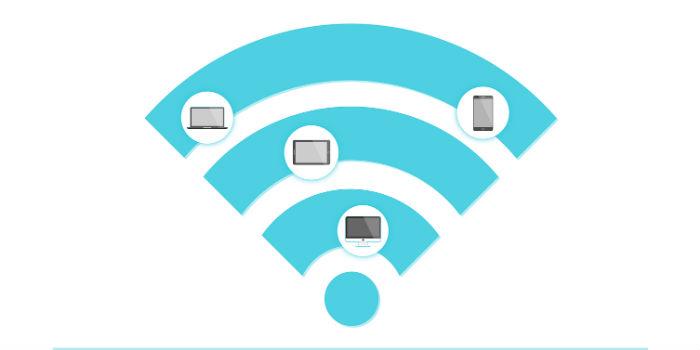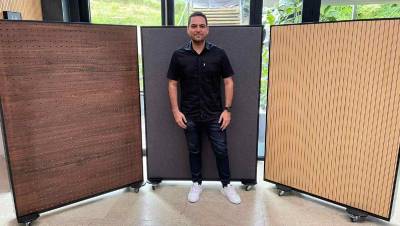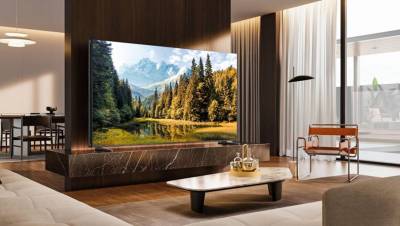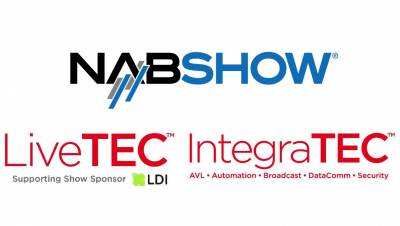 Do not be afraid to design wireless systems, but before locating elements analyze if a wired version is better.
Do not be afraid to design wireless systems, but before locating elements analyze if a wired version is better.
Juan Tamayo*
The industry has sold the idea that technologically wireless signals are the best, because the savings in the cost of wiring will make the project more efficient cost / benefit. How good is it that your corporate project is wireless? Do you justify the wireless cost for the operation of your room or workspace? I do not mean to discourage the reader about the use of wireless systems. With this column I intend to raise awareness about the use of the radio frequency spectrum and how misuse can affect the operation of your project.
The designer before offering an entire wireless system must analyze whether the RF radio frequency spectrum is viable. Possibly in projects that involve the construction of a new building it is a bit complex because there is no way to measure the signals that have not been installed, but having meetings with the parties involved can have the design information and generate a protocol of using RF signals. Now then. For projects already built, it is important to possess the necessary tools, as a designer I recommend using at least two elements: RF Analyzer and Wi-Fi Signal Analyzer.
Rf spectrum is divided into segments that almost everyone who works in the industry knows at least two VHF and UHF. A few years ago it was common to hear 'better work in UHF because it is freer'. A third RF segment that is also well known, but little researched by technical staff is the 2.4 GHz. In this segment coexist signals such as Bluetooth, Zigbee, Wi-Fi among many others. The characteristic of this segment is that its use is free and does not require operating licenses from government entities (in theory, in some countries they limit the transmission power of the elements and / or require transmission certification, cases such as Mexico and Peru).
Frequency ranges
For the RF frequency range of VHF and UHF you have to have some basic knowledge of how RF signals operate (in 2.4 GHz also but it is not so complex). I think the first thing is to analyze how the legislation of each country is, to investigate what range of frequencies are operated by cell phones and digital terrestrial television. In recent years the growth of these technologies has been exponential and their occupation means that other RF technologies do not operate correctly, as is the case of wireless microphones.
Having a panorama of free space, assign by priority what wireless signals can operate in space, remember that your microphone system will coexist with communication radios (surveillance), cell phone operators, radio frequency systems operating in the city (official radios, radio taxis) among many others. The ideal is to do an analysis and deliver the priority of the signals that within your design that you can control. For example, which is more important or easier, change the wireless microphone signal or change all surveillance radios?
With the transition from digital terrestrial television, VHF channels have been released, so as a designer you can use these channels. The recommendations you should have are:
- In some Latin American countries it has not yet been the total change of digital television technology, there are still analog channels in the VHF.
- The lower the operating spectrum, the smaller the number of channels you can use.
- In analog UHF television transmission you can place microphone-like audio channels in the middle of signals. In digital transmission the bandwidth consumption is complete and you can't do anything (in theory).
Signal adjustment
Additionally, apart from having meters, in order to make a good adjustment of signals in UHF and VHF, I consider it important to study the consequences of Inter Modulation Distortion or IMD. Basically they are the concepts of how RF signals are related and generate operating inconveniences.
Remember that even if you select digital models that operate in VHF or UHF, these will comply with the same rules as analog models, varying is the way you send the information.
The operation of RF signals in the 2.4 GHz range is totally different. I think the first thing you need to do is an operation analysis of each signal, protocols like Bluetooth and Wi-Fi use channel hopping. The first thing is to analyze which signals have static frequency, take note of this and block those channels in devices that have jumps (if possible).
If the protocol to be used is Wi-Fi, analyze the bandwidth it consumes, because a high consumption of information can harm the performance of other systems that share the Wi-Fi channel. Remember that the use of IP protocols can generate latency in the sending of information, even adding the Wi-Fi negotiation protocol its latency and communication errors will be technologically unpleasant. Having many routers is not the solution, because these devices will come in to interact with each other. Try to be very efficient in designing your RF system.
Do not be afraid to design wireless systems, but before locating elements analyze if a wired version is better. At Audio-Technica we have several types of wired and wireless solutions for the development of any audio project that involves audiophones, microphones and playing records. If you have any questions or want to know more about the subject do not hesitate to contact me.
*Juan Tamayo is a senior application engineer for Audio-Technica Latin America, with more than 10 years of experience carrying out audiovisual projects as a designer, integrator, consultant among other functions. You can write to [email protected]


























Leave your comment